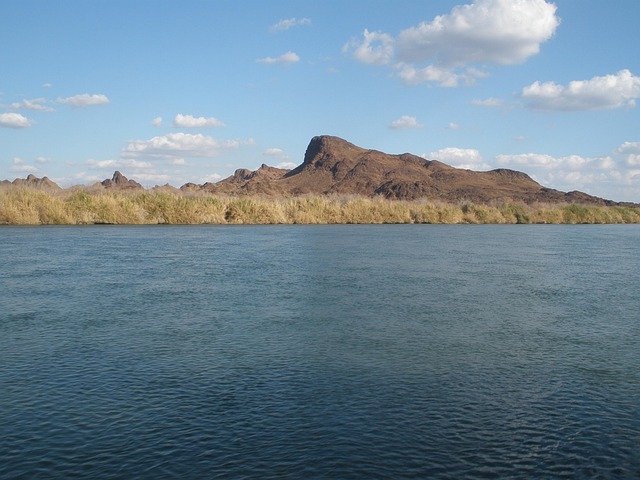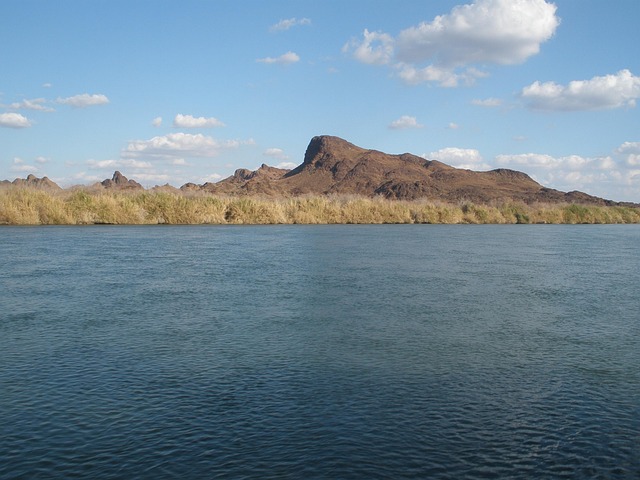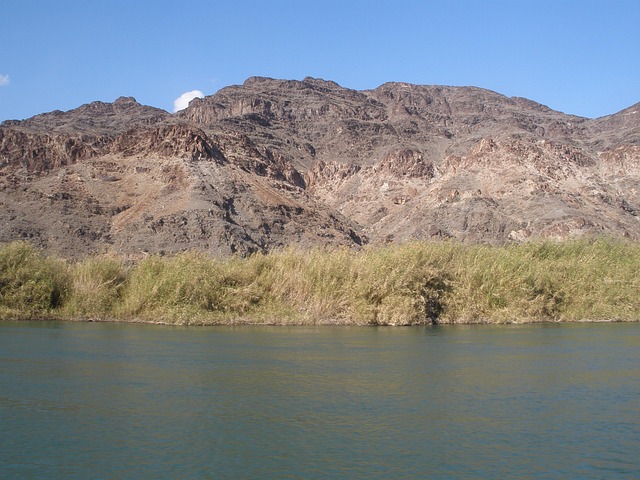In a border city known for its agricultural heritage, fertile valleys, and rolling hills, real estate trends reflect a blend of urban development and rural traditions. Farmers and landowners are cashing in on the appeal of their properties, attracting developers and investors. This has led to increased land acquisitions for conservation and mixed-use developments, with high demand for farmland, ranchland, and rural properties near transportation routes. Technological advancements and sustainable practices are driving future rural-urban integration, creating opportunities for border cities' property markets through innovative mixed-use developments that blend residential, commercial, and agricultural spaces.
“Border cities, often overlooked, play a pivotal role in regional agriculture. This article delves into the rich historical fabric of [City Name]’s agricultural heritage and explores its impact on real estate trends along the border. With a focus on land use and rural-urban integration, we analyze the evolving property market. From traditional farming to modern developments, these cities are experiencing metamorphosis. Understanding their unique dynamics is crucial for investors and policymakers alike, as border communities shape the future of regional real estate.”
Border City's Agricultural Heritage: A Historical Perspective

In the heart of the region lies a border city that has long been celebrated for its rich agricultural heritage. This city’s roots are deeply embedded in the soil, with generations of farmers cultivating the land and shaping its identity. Historically, the fertile valleys and rolling hills surrounding the metropolis have played a pivotal role in its success as a regional agricultural hub. The city’s strategic location at the border has facilitated trade, allowing farmers to access diverse markets and contribute to a vibrant agricultural economy.
The agricultural prominence of this border city extends beyond its historical significance; it is also reflected in its modern real estate landscape. Many areas boast expansive farms and rural properties that have been passed down through families for centuries. These lands, dotted with historic barns and lush fields, not only sustain the local community but also attract visitors seeking a closer connection to nature and the city’s unique agricultural past.
Real Estate Trends in Agriculture-Focused Borders

In border cities with a strong agricultural sector, real estate trends often reflect a unique balance between urban development and rural traditions. Farmers and landowners are increasingly recognizing the potential of their properties to cater to a diverse range of buyers, from developers looking to build residential communities to investors interested in sustainable agriculture. This shift has led to an upsurge in land acquisitions for both agricultural conservation and mixed-use projects.
The real estate market in these areas is experiencing a transformation, with a growing demand for farmland, ranchland, and even rural properties with access to major transportation routes. As urban populations expand, the appeal of scenic, agricultural landscapes becomes more pronounced, driving up land values. Additionally, the trend towards local food production and organic farming has encouraged investments in smaller-scale farms, showcasing a dynamic interplay between traditional agriculture and modern real estate interests.
The Future of Rural-Urban Integration: Implications for Border Cities' Property Market

As rural areas embrace technological advancements and sustainable practices, the future of rural-urban integration holds significant implications for border cities’ property markets. The trend towards smart agriculture, renewable energy adoption, and e-commerce could stimulate economic growth in agricultural communities, attracting investors and residents alike. This shift may lead to a revaluation of rural properties, with prime farmland and agritourism attractions becoming increasingly sought after.
Border cities positioned strategically between urban centers and agrarian regions are well-placed to benefit from this integration. Their proximity to both markets allows for the development of mixed-use projects that seamlessly blend residential, commercial, and agricultural elements. Such developments could cater to a diverse range of buyers and tenants, driving up demand and potentially boosting property values in these areas. Real estate professionals in border cities should stay attuned to these trends, anticipating changes in land use and investment patterns to capitalize on emerging opportunities.






